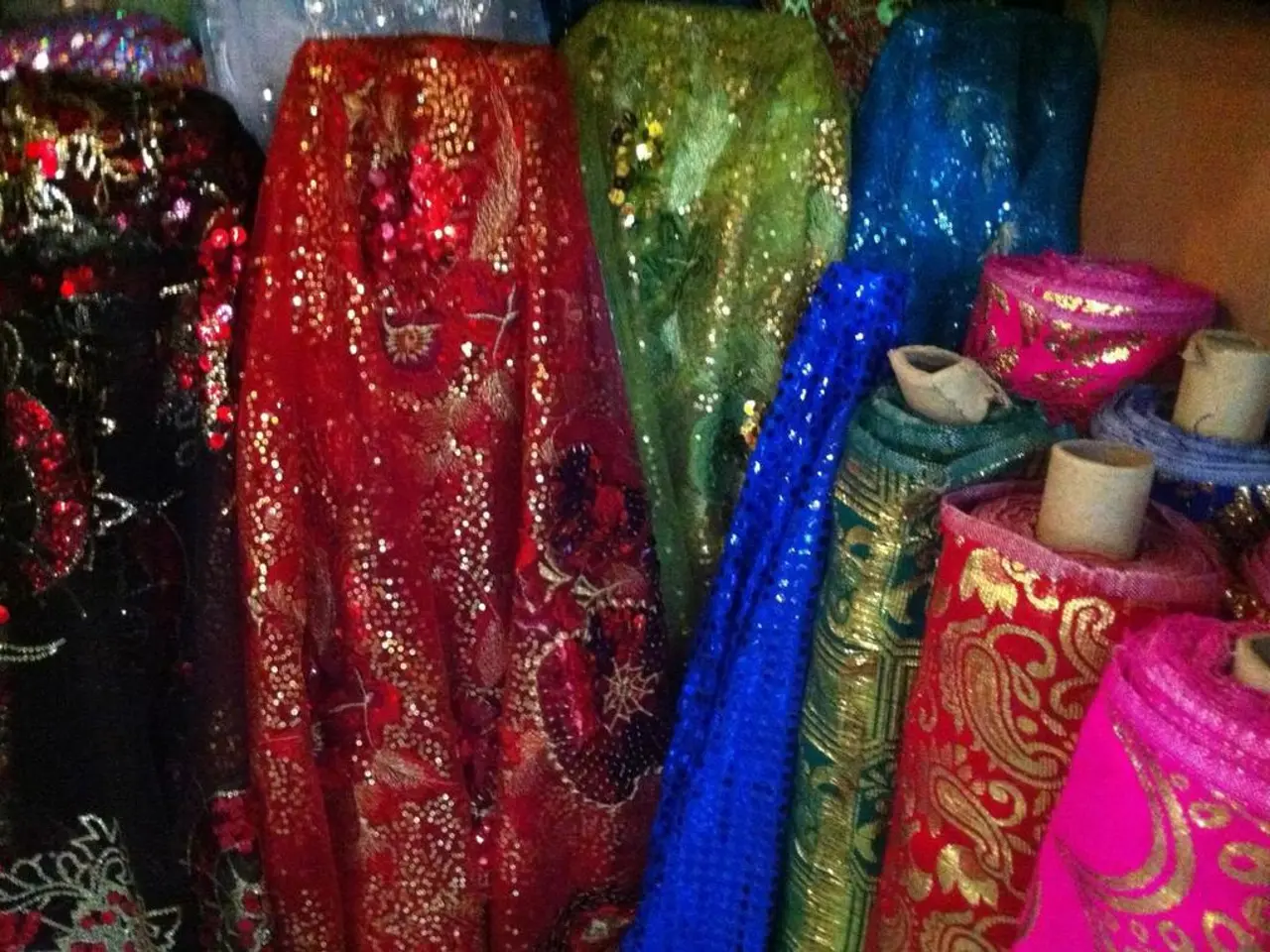Impact of Uganda's Prohibition on Secondhand Clothing
In Uganda, a growing movement towards sustainable textile practices is gaining momentum, as local communities embrace upcycling, recycling, and reuse of materials. Designer Bobby Kolade proposes an innovative approach to redeveloping Uganda's local textile industry, focusing on the repurposing and upcycling of discarded clothing instead of outright import bans.
This strategy involves diverting secondhand clothes and textile waste from landfills into new products, thereby creating economic opportunities and supporting a circular textile economy within Uganda. Key strategies include establishing textile reuse hubs, upskilling local tailors and designers, and creating secondary textile value chains based on circular economy principles.
By avoiding an immediate ban on used clothing imports, this approach recognises the current high demand for affordable secondhand clothes in Uganda, and instead leverages the existing supply to develop local skills, innovation, and sustainable business models that can eventually reduce dependence on imports.
This approach contrasts with a simple ban on imports and addresses waste issues by integrating waste management and reuse as central components of textile industry redevelopment. Additional ideas from broader textile waste management include improving sorting, recycling hard and soft textile waste, and exploring energy recovery options for non-recyclable waste. However, Kolade's focus remains on circular reuse and upcycling within Uganda's economy.
The ban on secondhand clothing imports, announced by President Yoweri Museveni effective September 1, has sparked a sense of anticipation. However, weeks after the supposed implementation of the ban, imports continue to enter the country. The ban is seen as a political tool, and the number of people involved in the secondhand clothing supply chain in Uganda has reached four million.
Despite the ban, initiatives like Buzigahill continue to thrive. Buzigahill, which introduces handwoven pieces and accessories, has not changed its business model due to the ban. The company believes in growing natural fibers and supporting local textile production.
The quality of secondhand clothes in Uganda has deteriorated over time, with secondhand clothes comprising over 80% of all purchases. This has led to innovative solutions emerging from Ugandan communities. For instance, fibers can be made from Ugandan pineapples and other local plants, offering a sustainable and locally-sourced alternative.
In the Sino-Uganda Industrial Park, one of the new Chinese textile producers is producing socks using poly fibers that are imported into the country. This underscores the need for a balanced approach that supports both local and international textile industries, while prioritising sustainability and waste reduction.
In summary, Bobby Kolade advocates for creative reuse and circular economy systems for imported used textiles as a practical alternative to bans, fostering local industry growth through innovation, skills development, and waste reduction. As Uganda navigates its textile industry's redevelopment, supporting local textile initiatives and community efforts will be key to a sustainable and prosperous future.
- Bobby Kolade's approach to redeveloping Uganda's textile industry emphasizes the repurposing and upcycling of discarded clothing, creating a circular textile economy within the community and supporting sustainable living.
- Strategy includes establishing textile reuse hubs, upskilling local tailors and designers, and creating secondary textile value chains based on ethical fashion principles, thereby fostering innovation and reducing dependence on imports.
- The community's innovative solutions to textile waste include the exploration of local plants for fibers, creating sustainable-living alternatives that replace imports and support home-and-garden initiatives.
- However, the new Chinese textile producers in the Sino-Uganda Industrial Park produce socks using imported poly fibers, highlighting the need for a balanced approach that caters to both local and international fashion-and-beauty industries while prioritizing sustainability and waste reduction.
- In the quest for sustainable living, supporting local textile initiatives and community efforts will be essential to a thriving and responsible community lifestyle, ensuring Uganda's textile industry evolution is in harmony with the climate and the values of the community.






